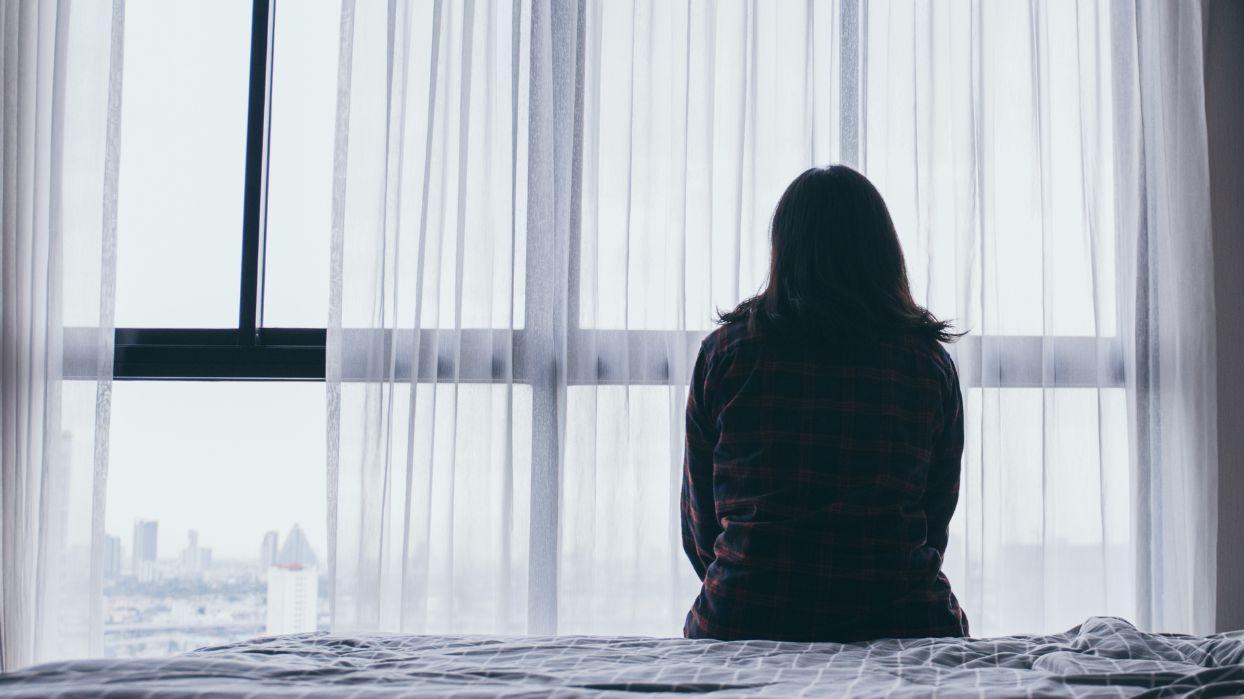In today’s society, there is a common presumption that domestic abuse does not just mean physical violence but includes a wide range of coercive behaviour. While this is and has been a key working practice in the charity sector for many years, it is only recently, 50 years after the establishment of Refuge and Women’s Aid, that legislation aligned with practice in passing the Domestic Abuse Act 2021.
Paralegal Sara Palinska explains how a domestic abuse survivor may be able to bring a serious injury legal claim, after defining what constitutes domestic abuse. This article also includes resources available to domestic abuse survivors.
What constitutes abusive behaviour?
Section 1(1) of the Act states of the Domestic Abuse Act as follows:
“Behaviour is ‘abusive’ if it consists of any of the following—
(a) physical or sexual abuse;
(b) violent or threatening behaviour;
(c) controlling or coercive behaviour;
(d) economic abuse;
(e) psychological, emotional or other abuse;
and it does not matter whether the behaviour consists of a single incident or a course of conduct.”
Since the act’s introduction, it has become easier to legally identify abusive behaviour and for practitioners to seek appropriate recourse through the courts.
How can we spot the signs of domestic abuse?
Key behaviours that a perpetrator may exhibit, and certainly practitioners working in the legal sector might identify, can include:
- Denying, minimising their own behaviour, or casting blame/responsibility onto the partner for their own actions
- Using isolation
- Using privilege: either citizenship or immigration (eg, reliance on spousal visas), financial dominance (higher or sole earner in the relationship), resource privilege (including access to legal advice), or holding masculinity privilege over a person in the relationship (defining gender roles or contribution to household)
- Using threats: eg, a track record of threatening or attempting suicide or gambling to cause financial strain/debt on the victim
- Using intimidation: this could include seeking out legal advice in as many firms as possible to limit solicitor choice for the victim
- Using children: child arrangements, spoiling children in the lead up to a divorce, emotional bribery, arguing for sole parental responsibility, and availability of financial resources for the long term.
- Using emotional abuse: often, a victim’s trauma/high emotional response is categorised as hysteria or emotional instability by the perpetrator. This can be used to leverage parental responsibility or insinuate false allegations, such as calling the victim their perpetrator. Perpetrators are highly skilled in learning and using psychological terminology towards their victim, including words such as “gaslighting”, “stonewalling”,
and “infantilisation” to make the victim question their own reality or dissuade them from pursuing legal action.
While both men and women may experience interpersonal violence and abuse, women are considerably more likely to experience repeated and severe forms of abuse. Women experience higher rates of repeated victimisation and are much more likely to be seriously hurt or killed than male victims of domestic abuse.
Domestic abuse and personal injury claims
While the above demonstrates the different types of abuse that can be inflicted on a victim, sadly, the statistics for domestic-abuse related crimes recorded by the police was 910,980 by the end of 2022. Of these, 313,377 (34.4%) constituted serious physical violence. In the most extreme cases, the perpetrator’s actions can be so severe as to cause their victim irreparable physical damage or a catastrophic injury.
In these circumstances, a survivor may be eligible to pursue a Criminal Injuries Compensation Authority (“CICA”) claim. This is a government-funded scheme through which compensation can be sought for being a victim of a violent crime in an effort to recognise this may be the only financial remedy for the survivor. The CICA will evaluate the circumstances of the incident and award for the injuries sustained in the attack. Those who witnessed the crime happen to a loved one (or were there immediately afterwards), for example, children of the survivor or family members who paid for the funeral of a person who died as a result of the assault, are also eligible to make a CICA claim.
Surprisingly, an example of domestic abuse can manifest in intentional road traffic accidents.
An example of this is shown in this news article on a case that took place in Durham. One of the key takeaways is the conclusion of the inquest, which stated that the victim’s female partner was unlawfully killed when her perpetrator purposefully crashed their car in a “domestic abuse episode”.
According to data collected by the Office for National Statistics, in cases that involve physical violence at this level, the victim will be at the highest risk of a repeat attack or death. One in three of the highest-severity cases will see a repeat attack within a year of the incident. The survivor may even resort to protecting their abuser out of fear of the consequences of challenging them. There is also a high likelihood that the perpetrator of abuse may either attempt or threaten suicide.
Precise data on domestic abuse involving road traffic accidents remains largely unreported or inaccurate. However, given the severity of the behaviour, it is hoped that research into road traffic accidents perpetrated during domestic abuse and how these “episodes” can become more easily identified by legal practitioners will be explored further. Until then, it is important for survivors to understand their rights in relation to injury and the CICA.
External agencies and resources
Survivors of domestic abuse often flee their perpetrators with little more than the clothes they are wearing and their children. As such, it is important they receive expert support with issues such as relocation, finances and risk assessment and risk management, as well as practical support in the form of household items or grants.
Key agencies to refer to are:
- A local branch of Women’s Aid or Refuge. The Women’s Aid network is divided into regional branches, and direct referral is the most efficient path to support. Clients will be assigned Independent Domestic Violence Advocates (IDVSAs) to support their recovery.
- Male victims of domestic abuse can seek support from Men’s Advice Line or ManKind.
- Specifically, dedicated LGBTQIA+ support is provided by Galop.
- Survivors can be referred to Surviving Economic Abuse (“SEA”), which is specifically dedicated to providing advice and advocacy on economic abuse.
- For support specifically for women of Middle Eastern, Afghan and North African descent, refer to IKRWO.
- For support dedicated to BAME women, please refer to Southall Black Sisters.
- Reunite International is an excellent advice line and advocacy service available to parents who believe their child or children may be removed to an undisclosed location or outside of the United Kingdom.
- Rights of Women is a free legal advice line (family, immigration, criminal, and harassment at work) and charity with layperson-accessible legal resources.
- Women & Girls Network is a London-based charity offering a wide range of services, including a specialist sexual violence advice line as well as a free counselling service (“Ascent”) to domestic abuse survivors.
- Further free counselling options for domestic abuse survivors in London are available via Woman’s Trust. Nationally, a local domestic abuse branch may have in-house services available or offer the Freedom Programme, a 12-week course aimed at facilitating survivor-led recovery from domestic abuse.
- Jewish Women’s Aid, the only specialist organisation in the UK supporting Jewish women and children affected by domestic abuse & sexual violence.
Housing is a particularly challenging area of support. At the point of fleeing, survivors will commonly enter a refuge in out of borough domestic abuse charity accommodation. Long-term housing needs can be explored with the survivor’s assigned IDVA. Please refer to a local domestic abuse service or direct clients to the Shelter helpline: 0808 800 4444.
Note that survivors can be discharged from hospital directly into refuge or temporary accommodation without the need to return to their “danger area”, which would be near their previous home address.
Subscribe – In order to receive our news straight to your inbox, subscribe here. Our newsletters are sent out once a month.





